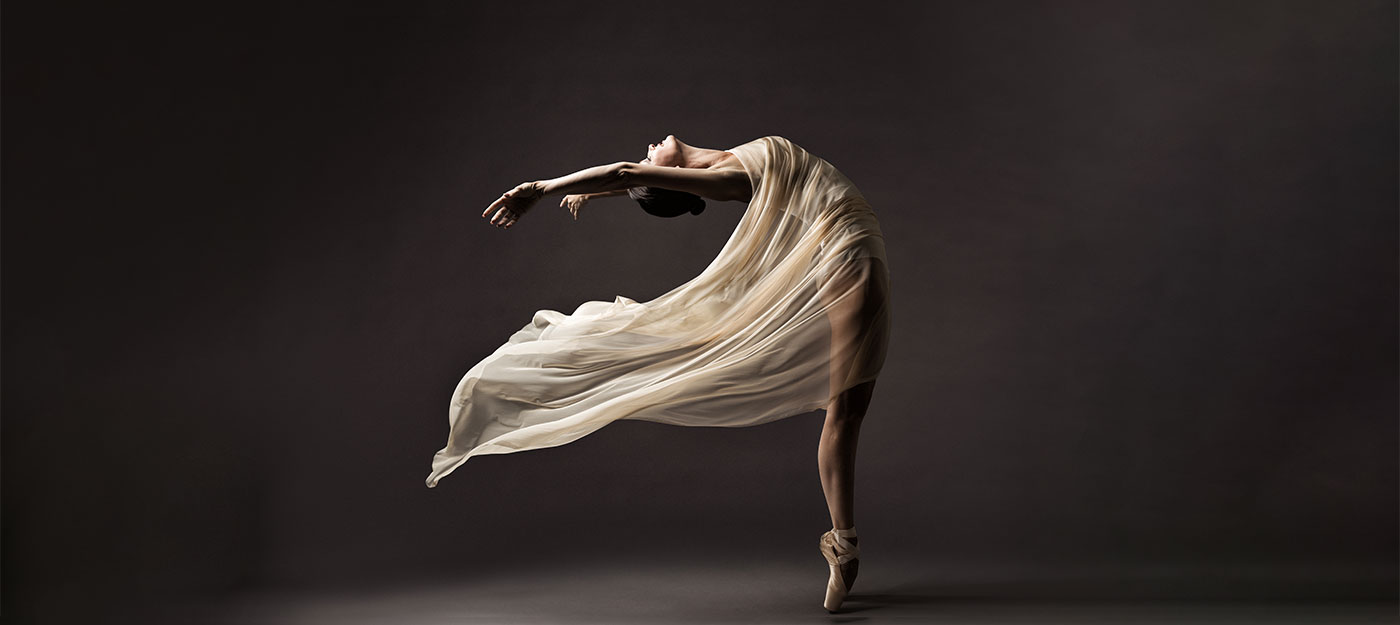
The Power of the Posterior Chain
You’ve likely heard the term ‘posterior chain’ at your gym or from your trainer and know that it’s kind of important. But what is it exactly? How do you train it? And what does it even do?!
Also known as the ‘extensor chain’, your ‘posterior chain’ refers to linked regions of muscles on the back of your body that act together to create extension and resist flexion.
Before we dive into the specifics of the posterior chain, let’s first take a look at the broader concept of muscle synergies.
Muscle synergies
Acclaimed Czech neurologist and physical therapist, Vladimir Janda, popularized the concept of muscle slings or ‘chains’. He saw the interaction between the muscular, skeletal and nervous systems as creating ‘chain reactions’–where one muscle influenced another, and an area of pain or aberrant function was rarely the source of the actual problem.
According to Janda’s philosophy, slings are groups of muscles that work together functionally. Identifying that muscle and fascia (that stretchy, viscous network that runs throughout the body to share strain and communicate information) act across various joints, Janda proposed that no muscle would work truly in isolation.
Try this: Hold something moderately heavy (a kettlebell, gallon of water, etc) in one hand with your elbow bent and hand at shoulder level. Straighten your elbow so that the item moves as far in front of you as possible. What do you feel throughout your body? There’s a good chance that the muscles that support your spine, a.k.a. your ‘core’ muscles, engaged and there’s probably some tension through your midsection.

This simple exercise is an example of the notion of interdependence, where two or more things (body segments, in this case) rely on each other. If the weight was light, the activity in your abdomen may have been imperceptible. If it was heavy, you likely felt a strong brace or contraction in order to allow your arm to move away from your body.
The concept that muscles work together, under direction from the central nervous system, to create or resist movement references these linkages as ‘muscle synergies’.
So, what is the posterior chain and what does it do?
Taking a top-level approach, the posterior chain consists of the muscle groups on the back of your body such as:
- Calves
- Hamstrings
- Gluteals
- Spinal erectors
- Lats.
It’s most of what stops us from falling forward and down.
When we go deeper, we find that the posterior chain consists of the posterior oblique and deep longitudinal slings, or ‘subsystems.’
Deep Longitudinal Subsystem
The muscles of the deep longitudinal subsystem (DLS) form a sling that is particularly important for producing and reducing forces in gait, and in more explosive movements such as jumping.
It’s important for stabilization through the pelvis and low back, and it plays a crucial role in deceleration of spinal flexion (forward bending through the spine), hip flexion (lifting your knee towards your chest), and inversion of your ankle (rolling onto the outer edge of your foot to reveal the sole).
The key musculature involved in the DLS includes:
- the erectors of your spine
- the fascia of the mid-low back
- the outer hamstrings.
The sacrotuberous ligament, which is a robust band of connective tissue that connects the pelvis to the spine, is also a key component of the DLS.
With every step you take, the force that your body exerts on the ground is returned back into your body, pound for pound. This force is known as ground reaction force. The DLS is involved in the transfer and dissipation of ground reaction force.
The activation of the DLS is evident in movements that take place primarily in the sagittal plane (forwards or backwards motion) such as deadlifts, lunges, or box jumps.
Posterior Oblique Subsystem
The posterior oblique sling, or ‘POS’, connects the back of the shoulder to the back of the opposite hip, by way of the biggest muscles in your body–the lats and glutes.
The POS plays a fundamental role in cross-body movements where the upper and lower body twist in different directions. It helps to create this rotation as well as extend the spine while resisting spine and hip flexion, and inward rotation at the hip. Another key duty of the POS is to stabilize your sacroiliac joint, which is the connection between the lower spine and pelvis.
The activation of the POS is evident in movements that take place in the transverse plane, meaning that there is an element of rotation occurring between upper and lower body. Examples of this include throwing a ball or a punch, or running.

Training the chain
Our modern lifestyle is fraught with inactivity. Ever-increasing hours spent seated and hunched over devices can weaken the tissue of the posterior chain, leaving us vulnerable to muscular imbalances and dysfunction. One of the most common complaints that occur as a result of sub-optimal posterior chain function is low-back pain.
Conversely, an appropriately strong posterior chain leads to excellent posture, a reduction in the risk of injury through imbalance, and the ability to exert power in a range of physical contexts.
Given the posterior chain’s role in both moving and stabilizing the hip, pelvis and spine, we begin to understand that we need to train in a way that challenges these motions accordingly. We need to move (or resist movement) in a range of ways; we need to flex and extend, rotate, counter-rotate and stabilize.
Using the ground for posterior chain development
Many of the quadrupedal positions in Animal Flow provide an ideal opportunity to target posterior chain engagement. For example:
1. The base position of Crab encourages the tissue of the chain to activate in a ‘closed-chain’ environment, where your hands and feet are in contact with an immovable object (in this case, the ground).
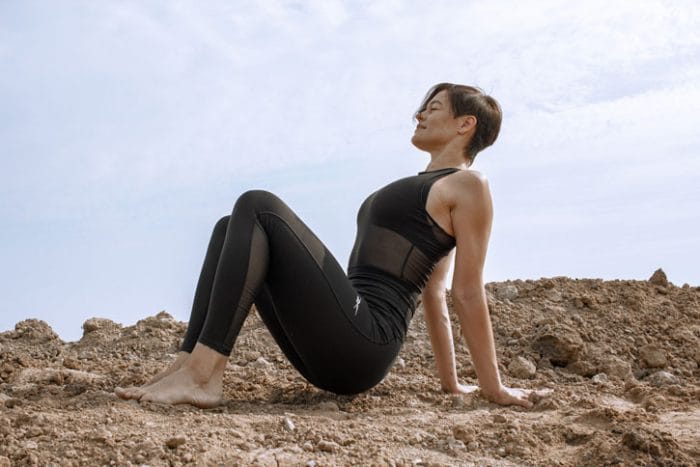
Master Instructor Evgenia Kabanova in Crab position.
2. Other movements, such as Loaded Beast and Wave Unload, load the posterior chain long or short respectively. This means that kinetic energy is either being stored or recovered in the tissue that comprises the chain.
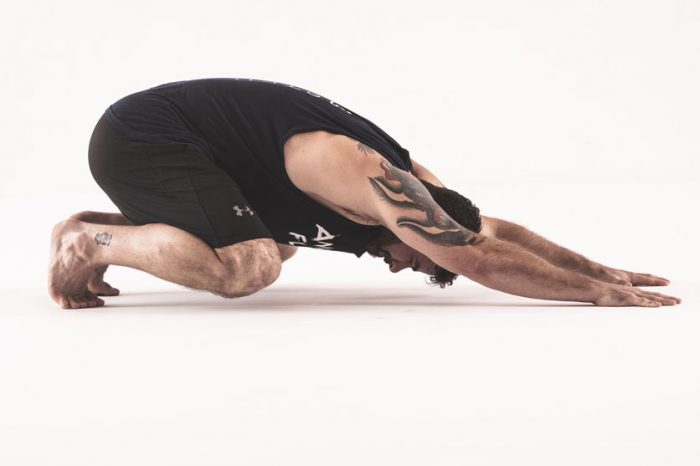
Master Instructor Andrew ‘Chaddy’ Chadwick performs a Loaded Beast.
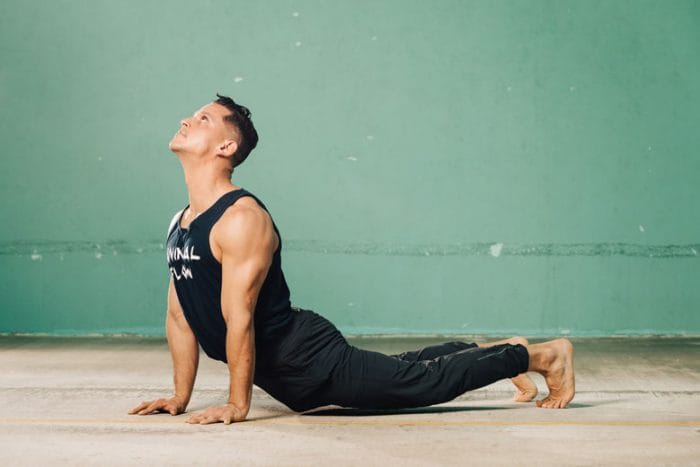
Master Instructor Freddy Satizabal performs a Wave Unload.
3. Crab Reach and Scorpion Reach provide various combinations of rotation and extension at the hip and spine, as well as stabilization through the pelvis and spine region making them excellent choices for posterior chain recruitment.
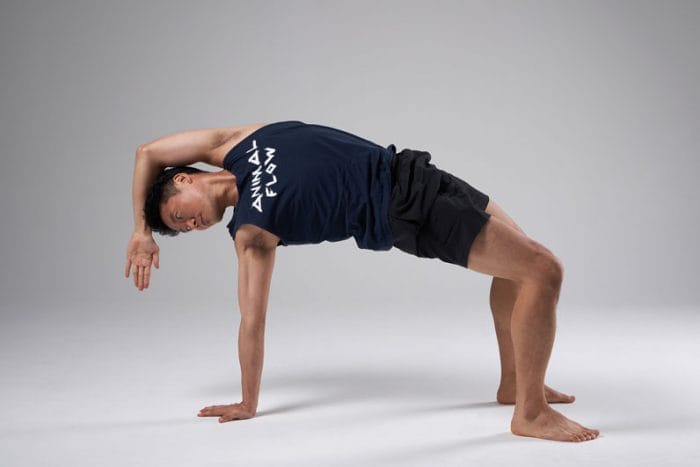
Master Instructor Jeseung Lee performs a Crab Reach.
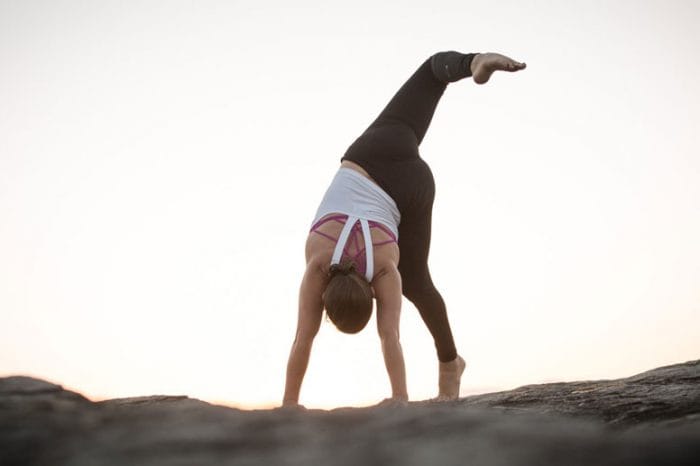
Master Instructor Alisha Smith performs a Scorpion Reach.
Try this posterior chain-focused Flow, demonstrated by Animal Flow Master Instructor, Eve Kabanova. It incorporates each of the movements listed above, in addition to others from the Animal Flow Level 1 library. Follow along with the Flow, which Eve performs to both sides, and, if you’re an Animal Flow On Demand subscriber, you can check out the individual tutorials for each movement.
If you liked this article and want to find out more, check out some of the latest research on Animal Flow. Featuring summaries and links to complete studies, from Master Instructor Eve Kabanova, Certified Instructor Jeff Buxton, and more.
